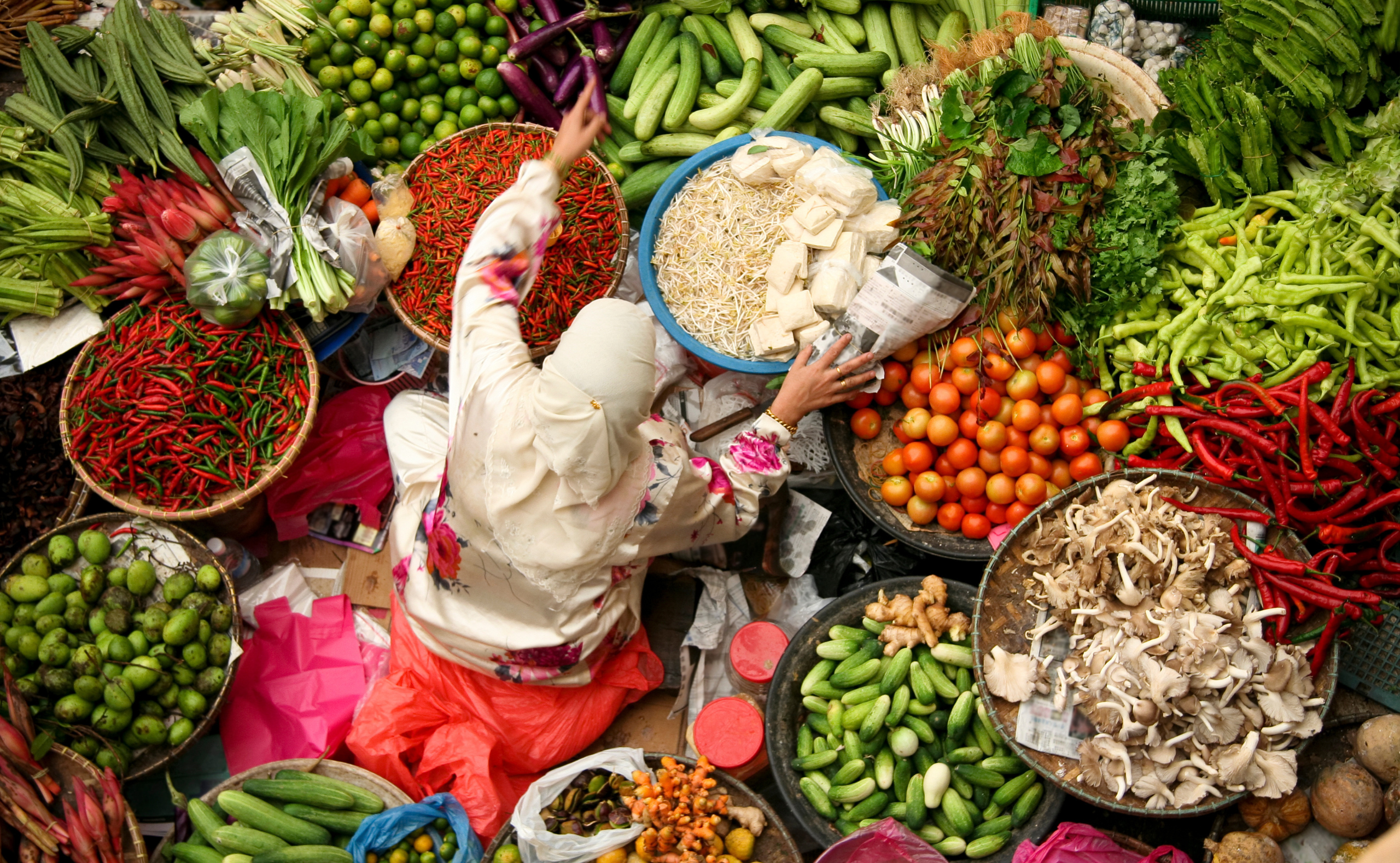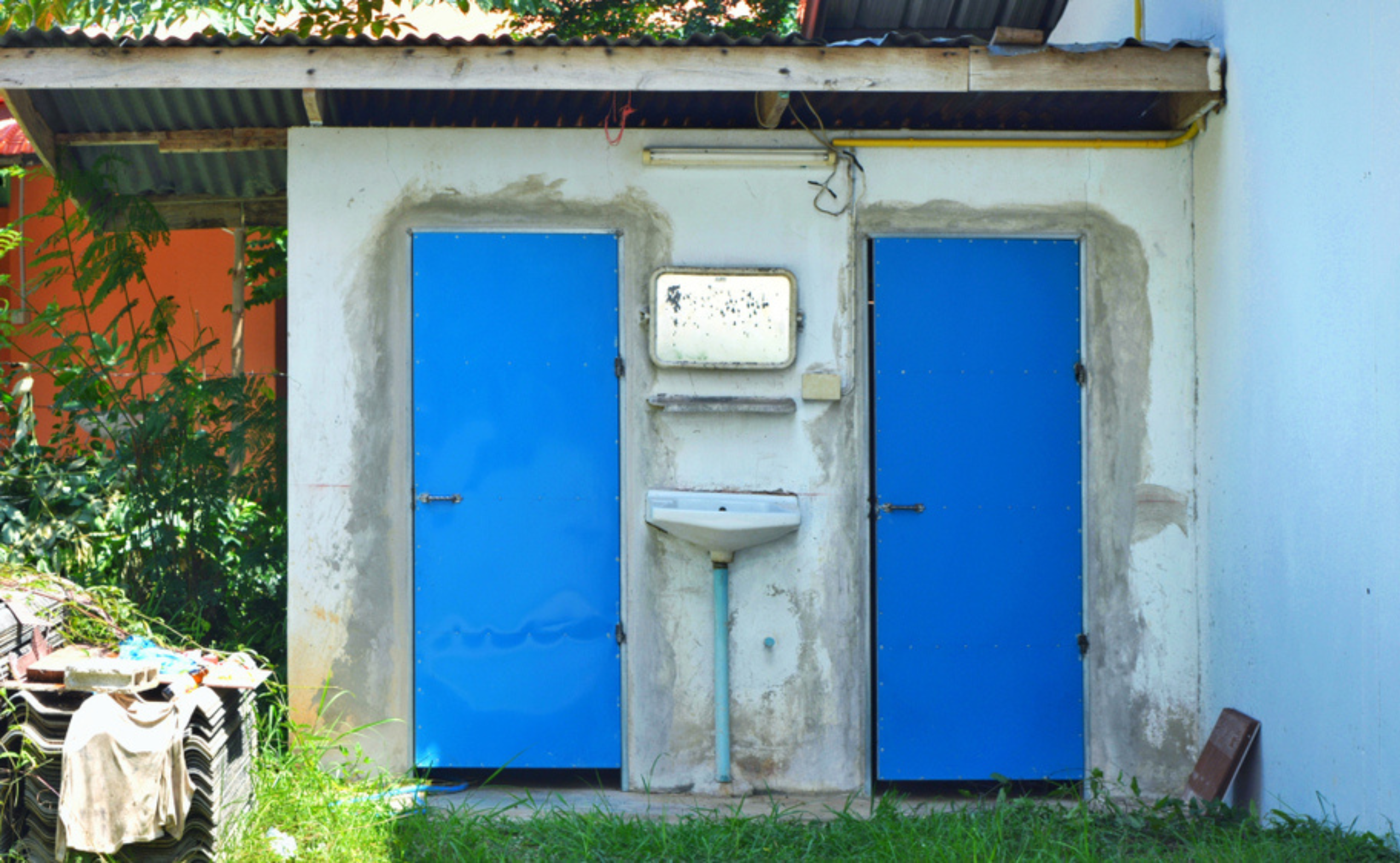 World Water Day, 22 March, highlights global issues on access to safe drinking water and sanitation. This year, the focus is on accelerating change and going beyond “business as usual” (UN-Water 2023). It is a timely reminder that water affects everyone and encourages policy makers and stakeholders from all levels of society to take action.
World Water Day, 22 March, highlights global issues on access to safe drinking water and sanitation. This year, the focus is on accelerating change and going beyond “business as usual” (UN-Water 2023). It is a timely reminder that water affects everyone and encourages policy makers and stakeholders from all levels of society to take action.
Water scarcity affects 40% of the world’s population (UN DESA 2022). If the trend continues, 1 in 4 people, or more, will experience regular water shortages by 2050. In 2015, the world agreed to Sustainable Development Goal (SDG) 6, promising to ensure access to safely managed water and sanitation for all by 2030. Governments in Asia and other regions have initiated various development plans to meet this goal on time, but it is a challenge that governments can neither solve alone nor by following the current policy trajectory.
Approaches to maximizing the value of water
Focusing on the following four holistic approaches can help policy makers maximize the value of water and its role in sustainable development in Asia.
First, prioritize water in economic development. In the past, few people could afford clean water. However, as incomes have risen and the cost of water has remained constant, demand for clean water has increased. Water supply infrastructure development creates spillover effects and can positively impact economies, especially in regions where the infrastructure is developed. In addition to increasing land and property values, water supply infrastructure development can directly affect residents by improving their health and other environmental aspects.
Figure 1. Shifts in the Labor Demand and Labor Supply Curves from an Increase in Water Supply
 Source: Authors.
Source: Authors.
Figure 1 shows that a rise in the supply of clean water is expected to increase labor, contributing to more job opportunities and higher income (real wage). By modelling the behavior of households, producers, and the price of water, policy makers can define the importance of water supply for quality of health, leading to an increase in labor supply and labor demand.
Second, innovate and scale-up access to water and sanitation. Access to safe drinking water and sanitation is a fundamental right for all people, regardless of where they live or their economic status. Innovation in the water sector, such as producing bottled water, is crucial for addressing the challenge of water access. In the past few decades, the bottled water industry has expanded tremendously, bringing safe drinking water to people worldwide, even in remote areas. The same entrepreneurial spirit and innovative approach may further help to address the challenge of sanitation.
Likewise, innovation is needed in the sanitation sector. One of the critical obstacles to scaling-up sanitation is financing. Traditional financing models, such as government grants and loans, need to be improved to meet the enormous demand for sanitation services. There is still huge potential to scale up blended finance approaches for delivering water-related SDGs and bringing together public and private sector partners to invest in sanitation (OECD 2019). By innovating and scaling-up financing for sanitation, we can accelerate change and create a world where everyone has access to safe drinking water and sanitation. This is not only a moral imperative but also a strategic investment in our collective future.
Third, understand the relationship between water and culture. Water plays an important role across faith-based traditions worldwide (UNESCO 2022). The Regional Consultation Workshop on Water in Asian Cities in 2002 featured the Vedic chant “Mantra Pushpam,” which elicits the role of water as a life-sustaining force in the universe and its relationship with fire, wind, the sun, the moon, stars, clouds, and energies. In many cultures, water is viewed as a god-given resource and is often used in festivals. For example, in the Republic of Korea, it is a symbol of power. In India, the government implements ancient knowledge, such as of rainwater harvesting and stepwell construction, to solve the water problem brought on by unsustainable population levels. As an example, the government of Rajasthan with the help of the World Bank has developed a comprehensive framework to restore the stepwell, which will help villages become self-sufficient in water (World Bank 2018). Water sources are developed to meet the growing demand for water by utilizing all resources, from rivers to groundwater, interlinking rivers, and desalinating seawater (ADB 2004).
Finally, improve the performance of water institutions and governance. Water institutions and governance are crucial, especially in the Pacific and South Asia where there is abundant water but economic development and growth are lagging (ADB 2020). The water crisis is a direct outcome of weak governance and institutions (Chopra 2021). By understanding the performance of water institutions in the region, we can redesign and improve participatory institutions for better performance. For sanitation management, onsite wastewater systems remain an important measure. The fundamental issue for onsite systems is that they are not considered public matters. In the case of Japan’s onsite system, water and sanitation management become institutionalized by making regulatory frameworks for onsite systems by ensuring proper design, installation, accountability, operation, and the monitoring of compliance with building standards (Hashimoto 2021).
Another successful case of institutionalizing water comes from the case of the Beijing Gaobeidian Wastewater Treatment Plant. In the long process of the development of the treatment plant, the central government embodied policies and medium- and long-term plans to accelerate urban sanitation at the local level. To cite a few examples, at the first National Conference on Environmental Protection in 1973, Beijing was chosen as a priority city, which led to the building of a pilot plant. The reform and opening up of policy in 1978 introduced foreign loans, and Beijing was able to use these new resources for the construction of wastewater treatment plants. This case shows that local governments can embody the policies and plans of central governments to advance the sanitation environment at the local level in the long process of development (Kitano et al. 2021).
Conclusion
The message from World Water Day recalls the importance of civil society involvement in achieving SDG 6. Civil society is the main stakeholder in the development process. Hence, there is a great need for awareness of water issues and to play a central role in creating such awareness. Economic, cultural, and political approaches to valuing water can be promising steps for working with civil society to solve the issues of poor urban access to clean water and sanitation, affordability, and willingness to pay.
References
Asian Development Bank (ADB). 2004. Water in Asian Cities: Utilities’ Performance and Civil Society Views. Manila: ADB.
ADB. 2020. Asian Water Development Outlook 2020. Manila: ADB.
Chopra, A. 2021. Understanding Water Institutions and Their Impact on the Performance of the Water Sector in India. Water Policy Journal 23(2): 466–486.
Hashimoto, K. 2021. Institutional Frameworks for Onsite Management System. ADBI Development Case Study No. 2021-1 (June). Tokyo: ADBI.
Kitano, N., and F. Qu. 2021. Five Lessons for Shaping Policies and Programs to Accelerate Urban Sanitation in Asia: A Case Study on the Beijing Gaobeidian Wastewater Treatment Plan. ADBI Policy Brief No. 2021-6 (September). Tokyo: ADBI.
Organisation for Economic Co-operation and Development (OECD). 2019. Making Blended Finance Work for Water and Sanitation. Policy Highlight. Paris: OECD.
UN DESA. 2022. The Sustainable Development Goals Report 2022. July 2022. New York: UN DESA.
UNESCO. 2022. Cultural Values of Water. UN World Development Report 2021. UNESCO.
UN-Water. 2023. World Water Day. UN-Water.
World Bank. 2018. Inclusive Revitalisation of Historic Towns and Cities. Washington, DC: World Bank.






